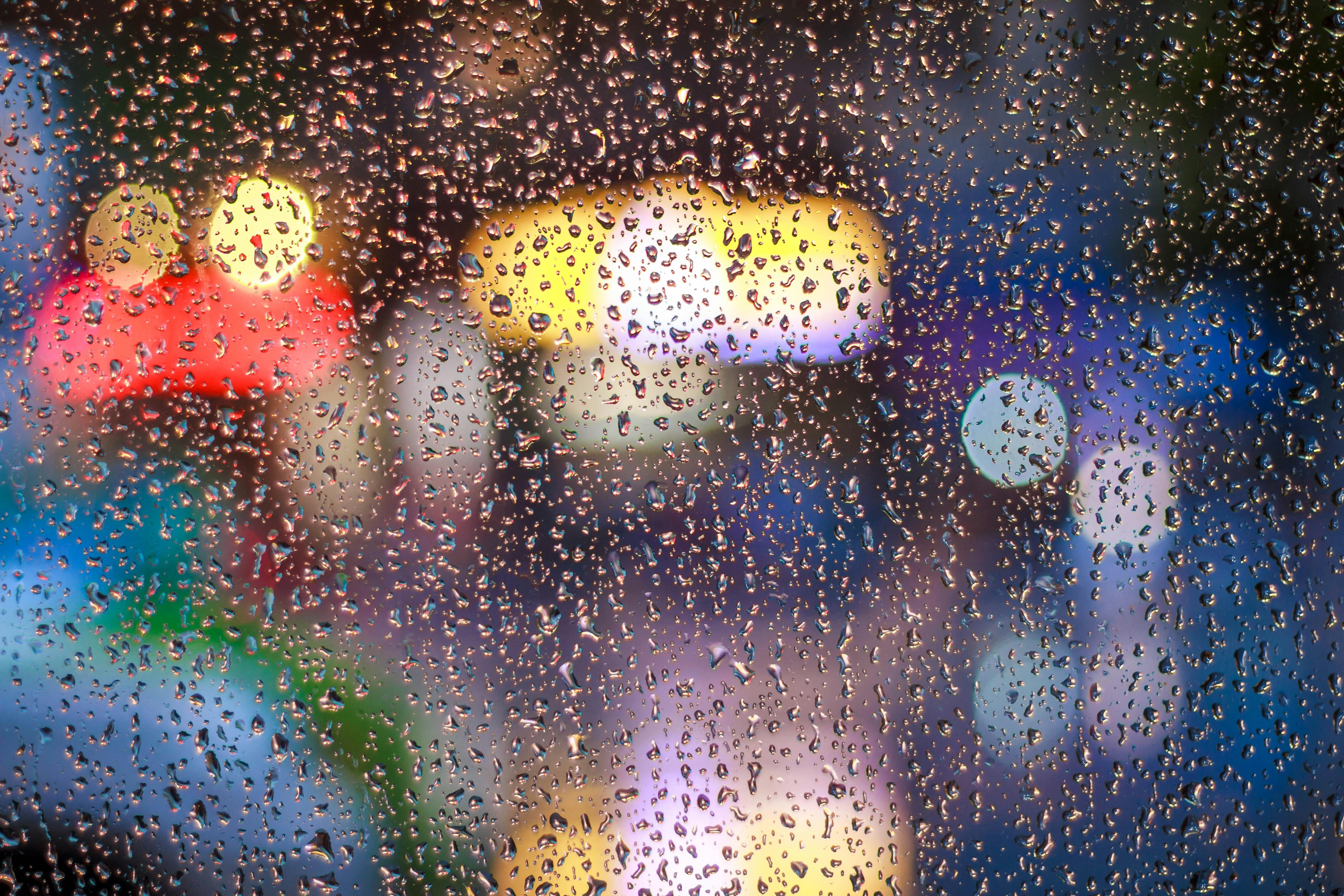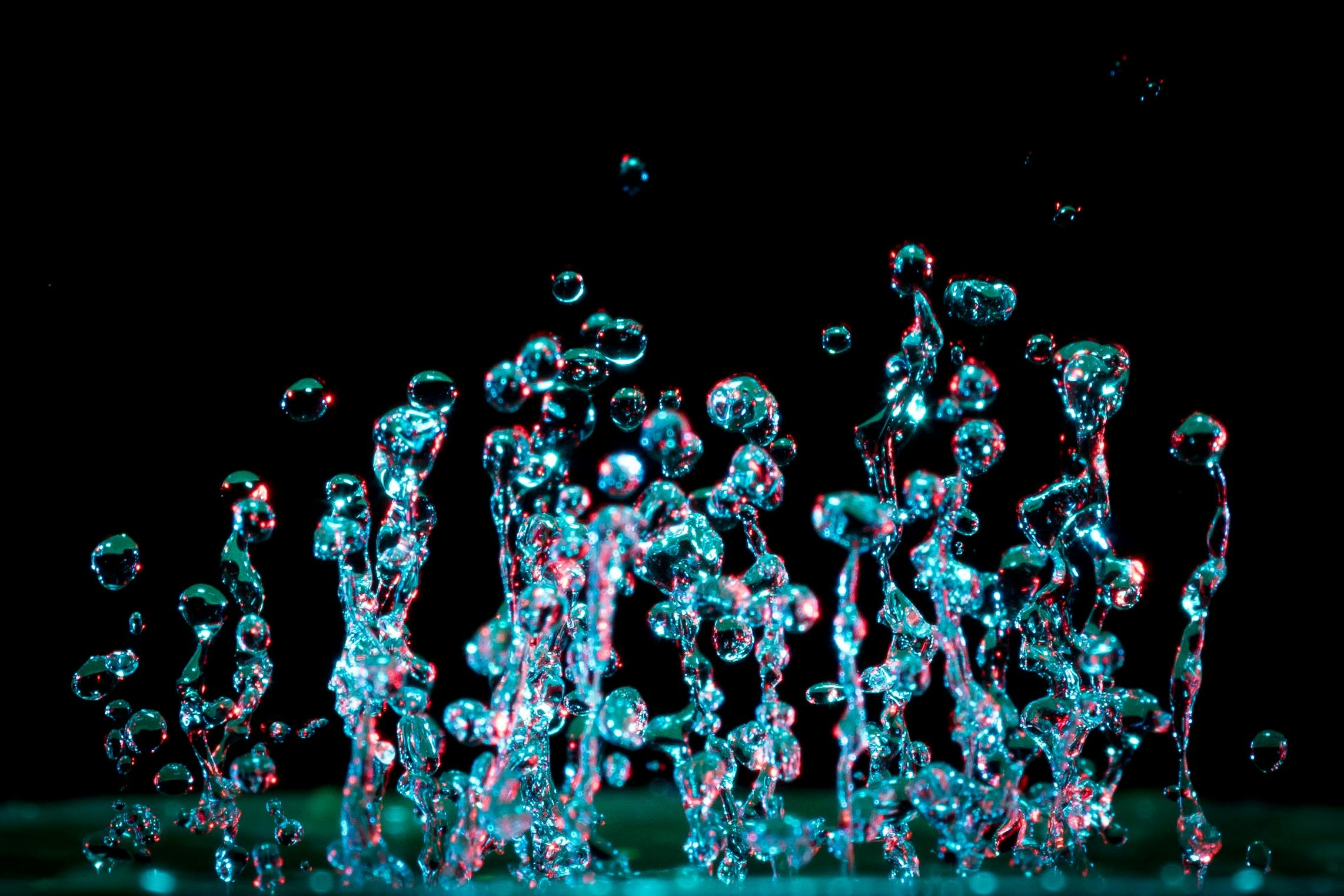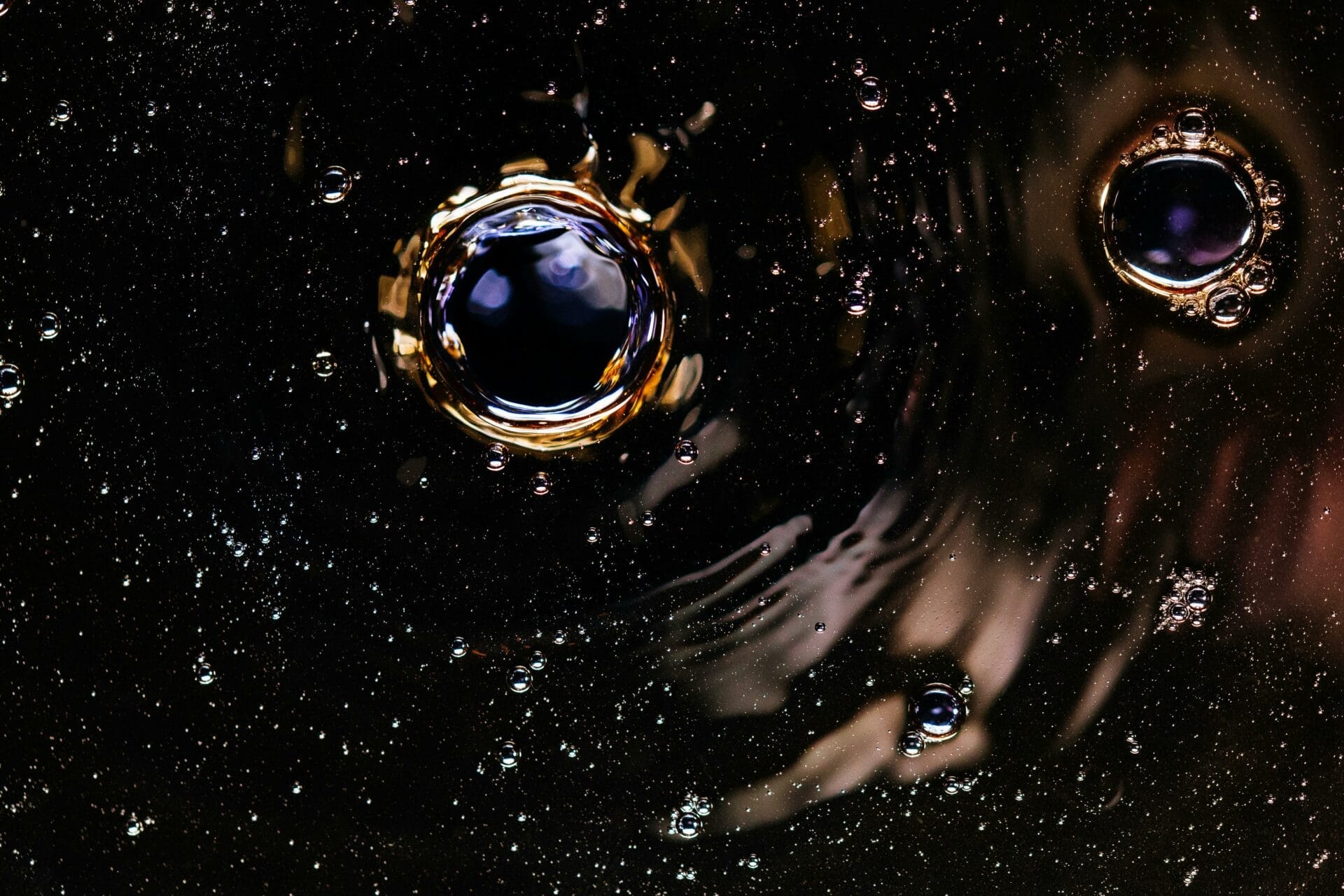Do you ever look up at your ceiling and spot a pesky water bubble there? You may be tempted to pop it out of curiosity, but should you? It turns out that popping a water bubble in the ceiling can cause more problems than it solves. In this article we’ll discuss why you should avoid popping a water bubble in the ceiling, and what you should do instead.The most common cause of water bubbles in ceilings is a leak in the roof or plumbing. If the leak is from the roof, it could be due to damaged or missing shingles, a faulty flashing around the chimney, or a broken skylight. If it’s from plumbing, it could be caused by an overflowing drain or a burst pipe. In some cases, condensation on air conditioning ducts can also cause water to accumulate and form bubbles on ceilings.
What Are The Risks Of Popping A Water Bubble In Ceiling
Popping a water bubble in the ceiling can be a risky proposition. Depending on the age of the building, the severity of the bubble, and the amount of water present, popping a water bubble can lead to a variety of dangerous scenarios.
The biggest danger is that you may not be able to stop the leak. Even if you are able to puncture the bubble and release some of the pressure, it is possible that some of the water may still seep through and cause damage to your home or apartment. This could result in costly damages or repairs that could have been avoided with proper maintenance.
Another risk is that when you pop a water bubble in your ceiling, you may not be able to determine what caused it in the first place. This means that if there is an underlying issue behind why it formed, such as poor ventilation or insulation, then this issue may still persist even after poppinng it. If left unchecked this could lead to further damage and costly repair bills down the line.
Finally, popping a water bubble in your ceiling without proper safety precautions can be hazardous for both yourself and any others who are present in your home or apartment. It is important to make sure all necessary safety measures are taken before attempting this task. Always make sure you wear protective gear such as goggles and gloves and keep all bystanders at least 10 feet away from where you are working.
Are Water Bubbles In Ceiling Dangerous?
Water bubbles in the ceiling can be a cause for concern as they could indicate a leak or other issue. If you have noticed water bubbles in the ceiling, it is important to take action and address the problem. The danger of water bubbles in the ceiling depends on where the water is coming from and how long it has been there. Leaking pipes, condensation from air conditioning units and roof leaks are all potential sources of excessive moisture that can cause a problem.
If the source of moisture is leaking plumbing or a roof leak, then it is important to take action quickly before any more damage is caused. Not only will further damage be caused if left unchecked, but mold can also start to grow which can be dangerous to your health. If you have any concerns about mold growth due to water bubbles in the ceiling, it is best to contact a professional who can assess the situation and provide solutions.
If the source of moisture is condensation from air conditioning units, then it may not be as urgent an issue as leaking pipes or roof leaks. However, this type of moisture buildup still poses a risk as excess humidity levels can lead to mold growth and structural damage over time. To prevent this from happening, you should ensure that your air conditioning unit is running properly and keep an eye on any potential areas for excess moisture buildup such as around windows or doors.
Overall, water bubbles in the ceiling should not be taken lightly and should be addressed swiftly if they are noticed. Depending on where the source of moisture is coming from, there may be potential health risks as well as structural damage which could cost more money in the long run if left unchecked. It is best to contact a professional who can diagnose and fix any underlying issues that may be causing excessive moisture levels in your home.
What Happens When You Pop A Water Bubble In Ceiling?
If you have noticed a water bubble in the ceiling, then it is most likely due to a leak in your roof or plumbing. If the bubble is popped, the water inside will come out and cause further damage to your ceiling. This can result in staining, discoloration, sagging, and even mold growth if not addressed quickly. Furthermore, if the leak is not fixed, then more water bubbles may appear in the future.
Therefore, it is important to address the issue as soon as possible by finding and fixing the source of the leak. If you are unable to locate or fix it yourself, then you should contact a professional plumber for assistance. A professional plumber can identify where the leak is coming from and repair it accordingly.
Once the source of the leak has been addressed and repaired, you should then dry out any wet areas immediately. This can be done by using fans or dehumidifiers to increase air circulation and reduce humidity levels within your home. It is also important to check for any signs of mold growth or other damage that may have occurred due to water seeping into walls or other areas of your home.
In conclusion, if you have noticed a water bubble in your ceiling, then it is important to address this issue as soon as possible by finding and fixing the source of the leak. Once this has been done, you should dry out any wet areas immediately and inspect for any signs of mold growth or other damage that may have occurred due to water seeping into walls or other areas of your home.
Pros and Cons of Popping a Water Bubble in Ceiling
One of the most common issues property owners encounter with their ceiling is water bubbles or blisters. This can happen due to a variety of reasons, such as a roof leak, humidity or condensation, or even from improper installation of the ceiling itself. When this occurs, many homeowners are left wondering if they should pop the water bubble or not. Here we will discuss the pros and cons associated with popping a water bubble in your ceiling.
Pros
One benefit of popping a water bubble in your ceiling is that it can help identify the source of the problem. Once you’ve popped the bubble and dried up any remaining moisture, you can look for any clues that may point to where the leak is coming from. Additionally, popping the bubble can help reduce further damage that could occur if left unchecked.
Cons
On the other hand, there are also some drawbacks associated with popping a water bubble in your ceiling. For one thing, it’s difficult to know exactly what’s causing the water bubble without doing an inspection first. If you pop the bubble without knowing what caused it, it could lead to further damage down the line if not dealt with properly. Additionally, popping a water bubble in your ceiling could lead to additional repairs such as patching and repainting if necessary.
Overall, whether or not you choose to pop a water bubble in your ceiling comes down to personal preference and whether or not you feel comfortable taking on potential risks associated with doing so. If you do decide to take on this task yourself, make sure that you inspect for any underlying causes first before proceeding and always use caution when handling anything related to your home’s ceilings and walls.

How To Pop A Water Bubble In Ceiling Safely
Water bubbles in your ceiling can be an eyesore, and can often lead to more damage if left untreated. If you’re looking to get rid of a water bubble in your ceiling, the best way to do it is safely. There are a few steps you can take to ensure that the water bubble is popped safely and with minimal damage.
First, it’s important to determine where the leak is coming from. If the leak is coming from a water pipe above the ceiling, it’s important to have a professional come and repair the pipe before attempting to pop the water bubble. If the leak is coming from something else, such as a roof or window, then it’s best to have a professional come and repair that area before popping the water bubble.
Once you have determined where the leak is coming from and have had it repaired, you can begin popping the water bubble. The best way to do this is with an awl or a sharp knife. Carefully insert either tool into the center of the water bubble and press down gently until it pops. Be sure not to press too hard, as this could cause further damage and create more bubbles in your ceiling.
Once you have popped the bubble, use a vacuum cleaner with an upholstery attachment to suck up any remaining moisture or debris from inside of it. Then wipe down any exposed areas with a damp cloth or sponge. This will help reduce any lingering moisture and prevent any further damage from occurring in that area of your ceiling.
Finally, take some time to inspect your ceiling for any other signs of damage or potential leaks. If there are any other issues present in your ceiling, contact a professional immediately for further advice on how best to repair them safely and without causing further damage.
By following these steps you can safely pop a water bubble in your ceiling without causing any additional damage or issues in that area of your home.
Alternatives To Popping A Water Bubble In Ceiling
Water bubbles on ceilings can be an eyesore and can cause damage if not fixed properly. Luckily, there are a few alternatives to popping a water bubble in the ceiling. One of the most common methods is to use a knife or other sharp object to cut away the bubbled area and let it dry. Once the area is dry, you can fill it in with joint compound and then sand it down until the area is smooth. Another alternative is to use a patch kit. This involves cutting away the bubbled area and replacing it with a patch that matches the texture of the surrounding ceiling. You can then fill in any gaps with joint compound and sand down until smooth. Finally, you can also hire a professional contractor to come in and repair any water damage that has occurred. They will use specialized tools to remove any bubbled areas and replace them with new material, ensuring that your ceiling looks as good as new.
What To Do After Popping A Water Bubble In Ceiling
If you have a water bubble on your ceiling, it can be an indication of a leaky roof or plumbing issue. It is important to address the issue as soon as possible, to prevent further damage. The first step is to identify the source of the leak, and then take steps to repair it. Once the leak is fixed, it is important to make sure there are no other water bubbles that could be caused by ongoing moisture issues. Here are some tips on what to do after popping a water bubble in ceiling:
1. Inspect the surrounding area – Look for any signs of moisture or dampness in the surrounding area, such as peeling paint or plaster. This will help you determine whether the water bubble was caused by an internal or external source.
2. Dry out the area – Use a fan or dehumidifier to dry out any wet materials around the affected area. This will help prevent mold and mildew from forming.
3. Repair any damage – If there is visible damage caused by the water bubble, such as cracked plaster or peeling paint, it should be repaired right away to prevent further deterioration.
4. Seal and paint – Once all repairs have been made, it is important to seal and paint over any exposed surfaces to protect them from further moisture damage.
5. Monitor for future problems – Even after all repairs have been made, it is important to monitor for future problems with water bubbles in your ceiling. If you notice any new ones appearing, contact a professional right away so they can investigate and address any potential issues before they become major problems.

Conclusion
It is not advisable to pop a water bubble in your ceiling. It can result in more damage to the ceiling, and the water bubble may be an indication of a bigger problem lurking just beneath the surface. If you notice any water bubbles in your ceiling, it’s best to contact a professional to assess the cause and provide a course of action for repair. Taking matters into your own hands could end up costing you more time and money if not handled properly.
It’s always better to be safe than sorry when dealing with issues involving water and structural components of your home. If you see a water bubble in your ceiling, it’s best to call a professional instead of attempting to pop it yourself. Doing so could lead to further damage or even worse consequences.

